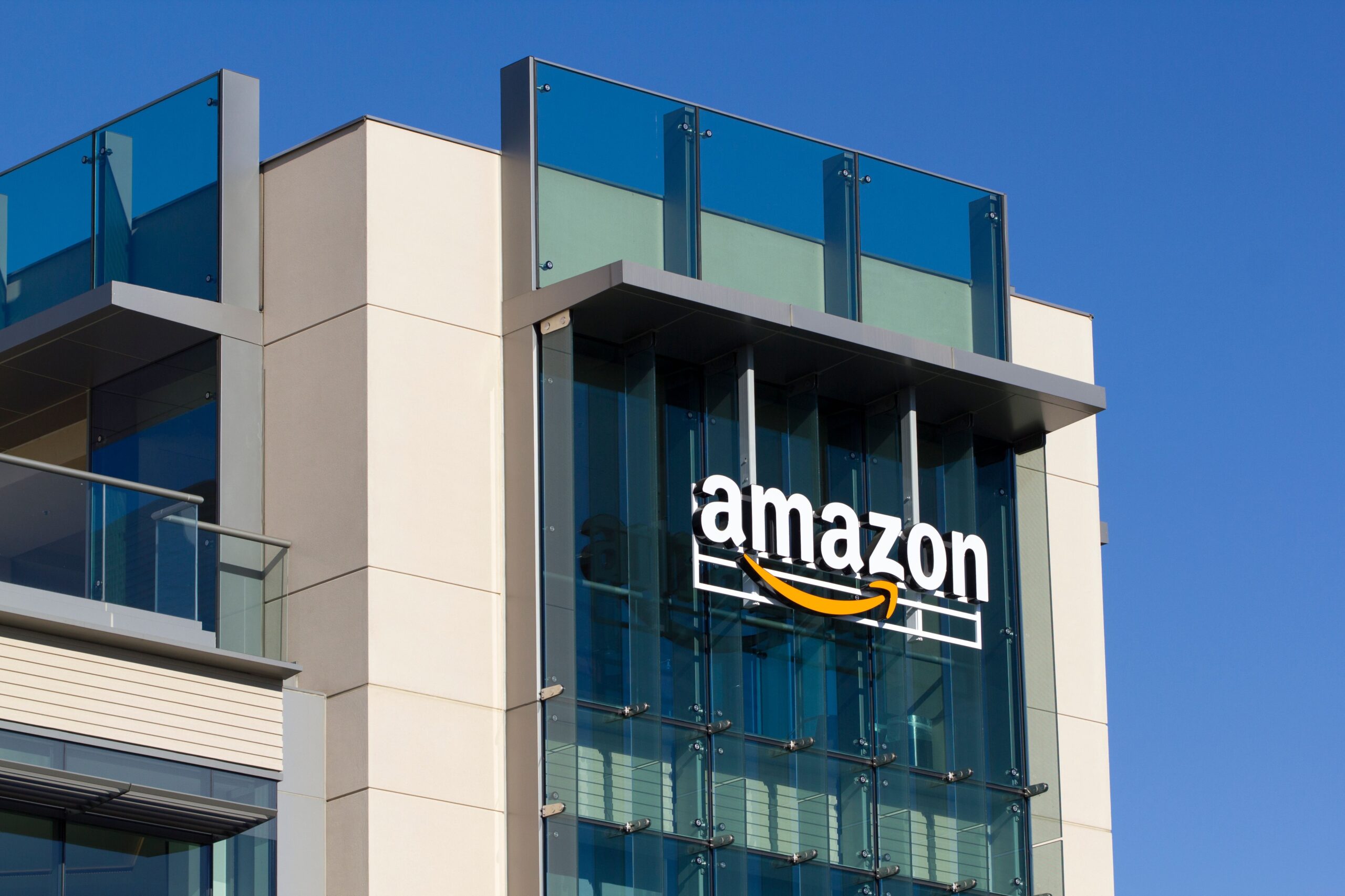
Amazon.com Inc. projected sluggish sales for the holiday quarter as the e-commerce giant contends with slower growth and consumers cutting their spending in the face of economic uncertainty. Shares plunged almost 20 percent in extended trading.
The Seattle-based company said revenue would be $140 billion to $148 billion in the three-month period ending the year, far short of analysts’ average estimate of $156 billion.
Third-quarter revenue increased 15 percent to $127.1 billion, the company said Thursday in a statement. Analysts had projected sales of $127.6 billion. Earnings per share in the period ended Sept. 30 were 28 cents, compared with 31 cents a share a year earlier, adjusting for a 20-to-1 stock split that took effect in June.
“There is obviously a lot happening in the macroeconomic environment, and we’ll balance our investments to be more streamlined without compromising our key long-term, strategic bets,” Chief Executive Officer Andy Jassy said in the statement. “What won’t change is our maniacal focus on the customer experience, and we feel confident that we’re ready to deliver a great experience for customers this holiday shopping season.”
Some independent sellers on Amazon’s website, who account for a majority of unit sales, are bracing for a rough holiday season. Adobe Inc. forecast that US e-commerce sales in November and December will rise just 2.5 percent from the prior year.
The world’s largest online retailer has spent this year adjusting to a sharp slowdown in e-commerce growth as shoppers resumed pre-pandemic habits. In response, Amazon is cutting costs, delaying warehouse openings, freezing hiring in its retail group and shutting down experimental projects.
Despite Jassy’s pledge to cut costs, Amazon reported operating expenses jumped almost 18 percent to $125 billion. It was the fifth consecutive quarter the company’s expenses have increased faster than revenue growth. The number of full- and part-time employees rose 5 percent to more than 1.54 million.
Technology and content expenses, a rough proxy for the company’s spending on research and development, as well as its Amazon Web Services cloud-computing division, surged 35 percent, the biggest jump since 2018. That partly reflects bigger stock payouts Amazon is making to recruit and retain employees in a competitive market for technologists.
Still, Amazon returned to profitability after two quarters of losses, posting $2.9 billion in net income. The prior losses reflected declines in the value of the company’s roughly 17 percent stake in Rivian Automotive Inc. The electric automaker’s shares are down sharply following a November 2021 initial public offering, but have steadied in recent months.
Sales at AWS increased 27 percent to $20.5 billion. Analysts, on average, projected $21 billion, according to data compiled by Bloomberg. Online store revenue rose 7.1 percent to $53.5 billion.
The shares fell to a low of $87.59 in extended trading after closing at $110.96 in New York. The stock has dropped 33 percent this year.
By Matt Day
Learn more:
Why Fashion Can’t Rely On Shopping Holidays Like Amazon Prime Day Anymore
This week, everyone will be talking about Amazon Prime Day, the release of Dior’s long-delayed Travis Scott capsule collection and a new Victoria’s Secret documentary.


